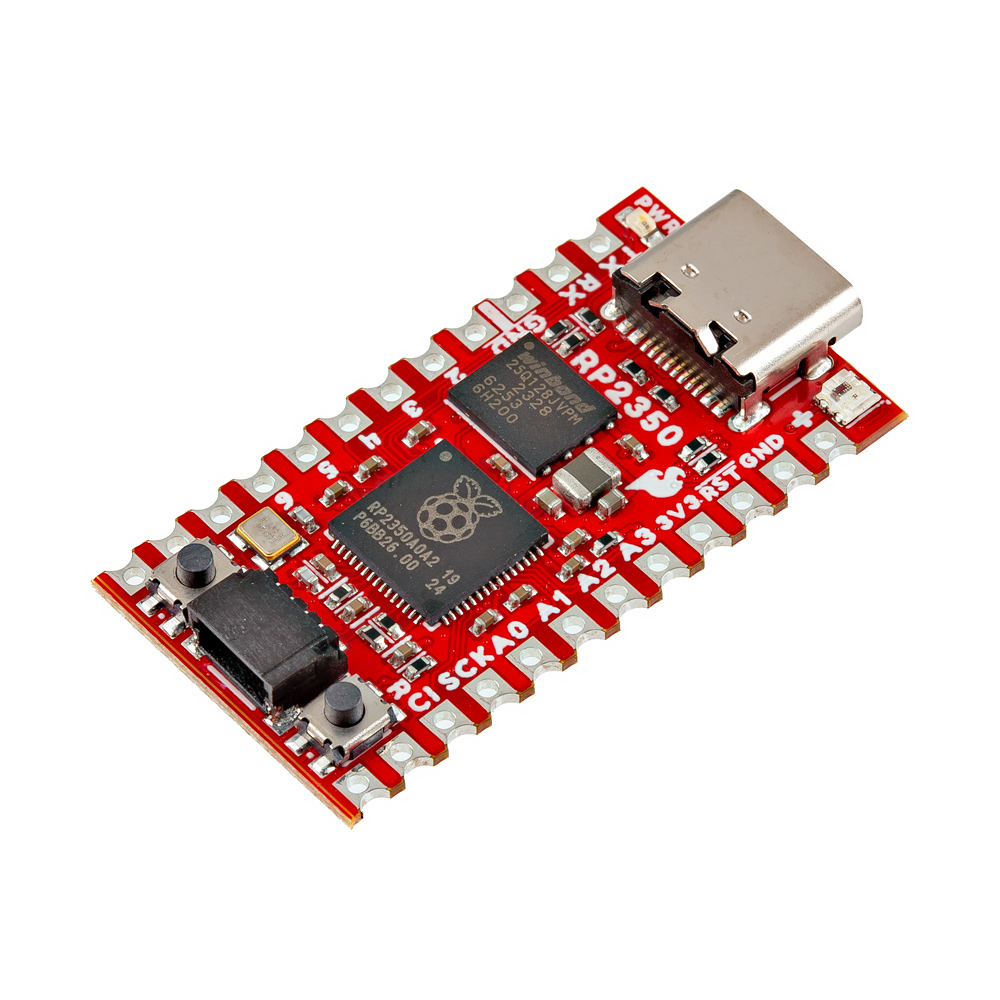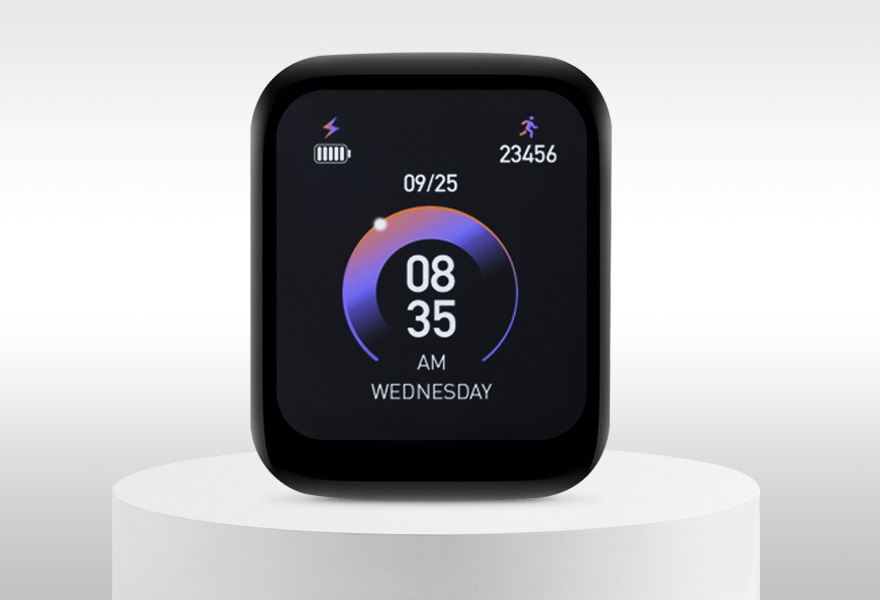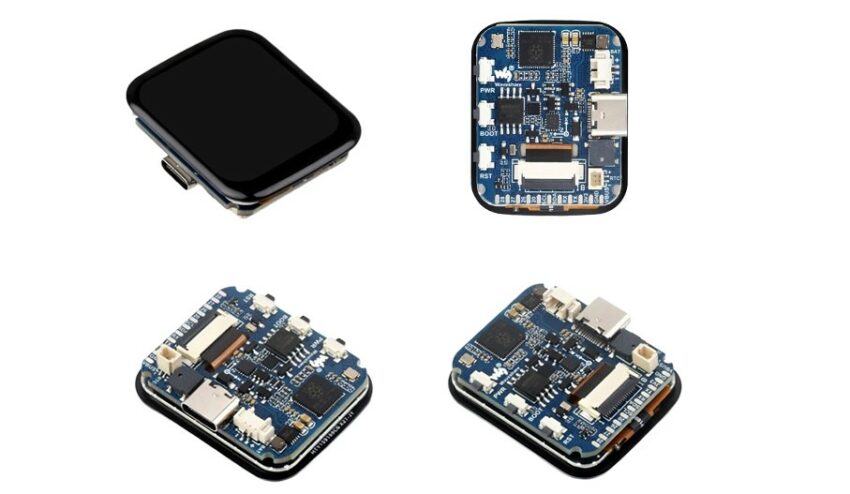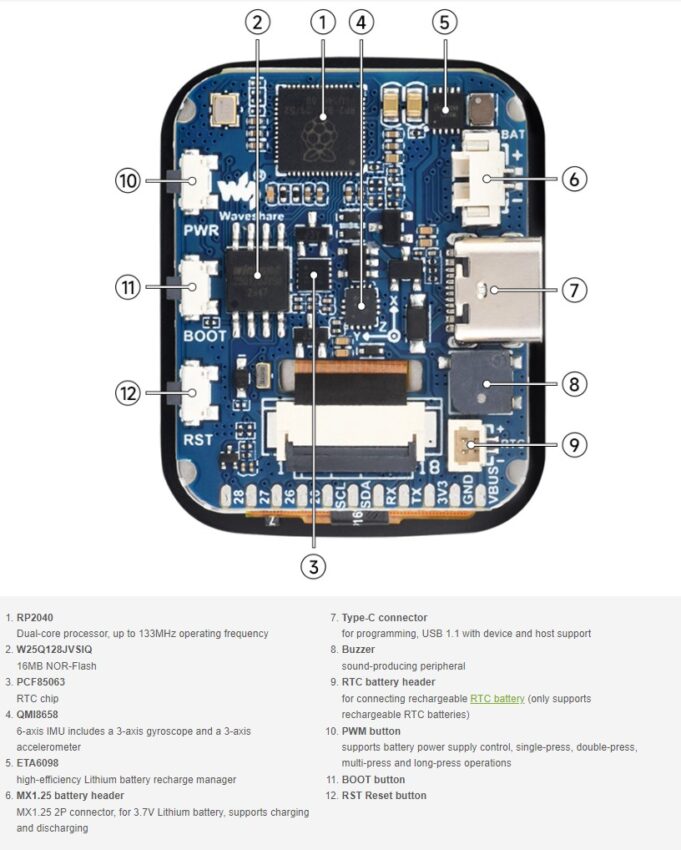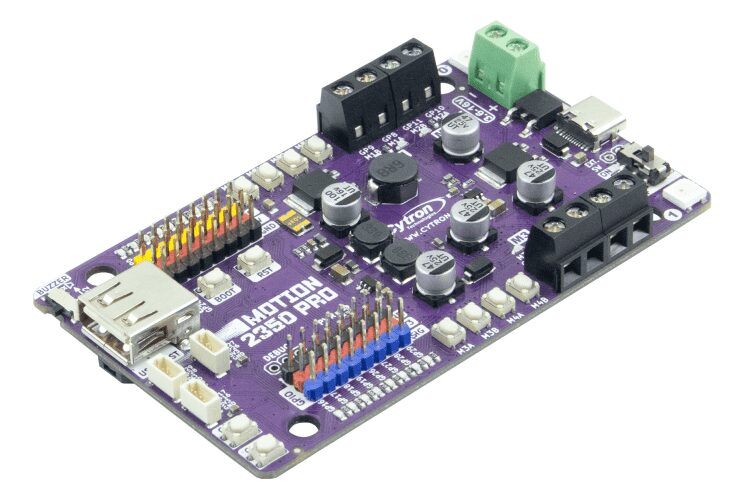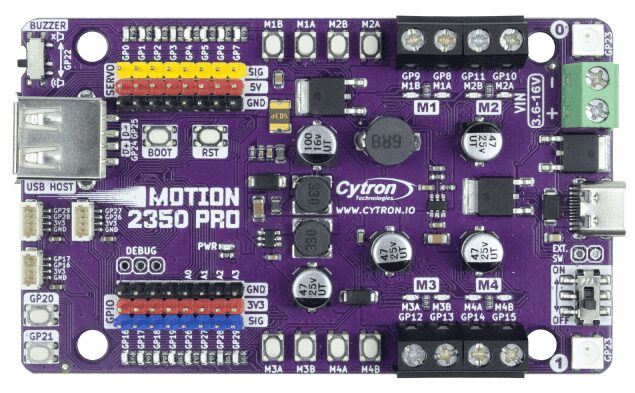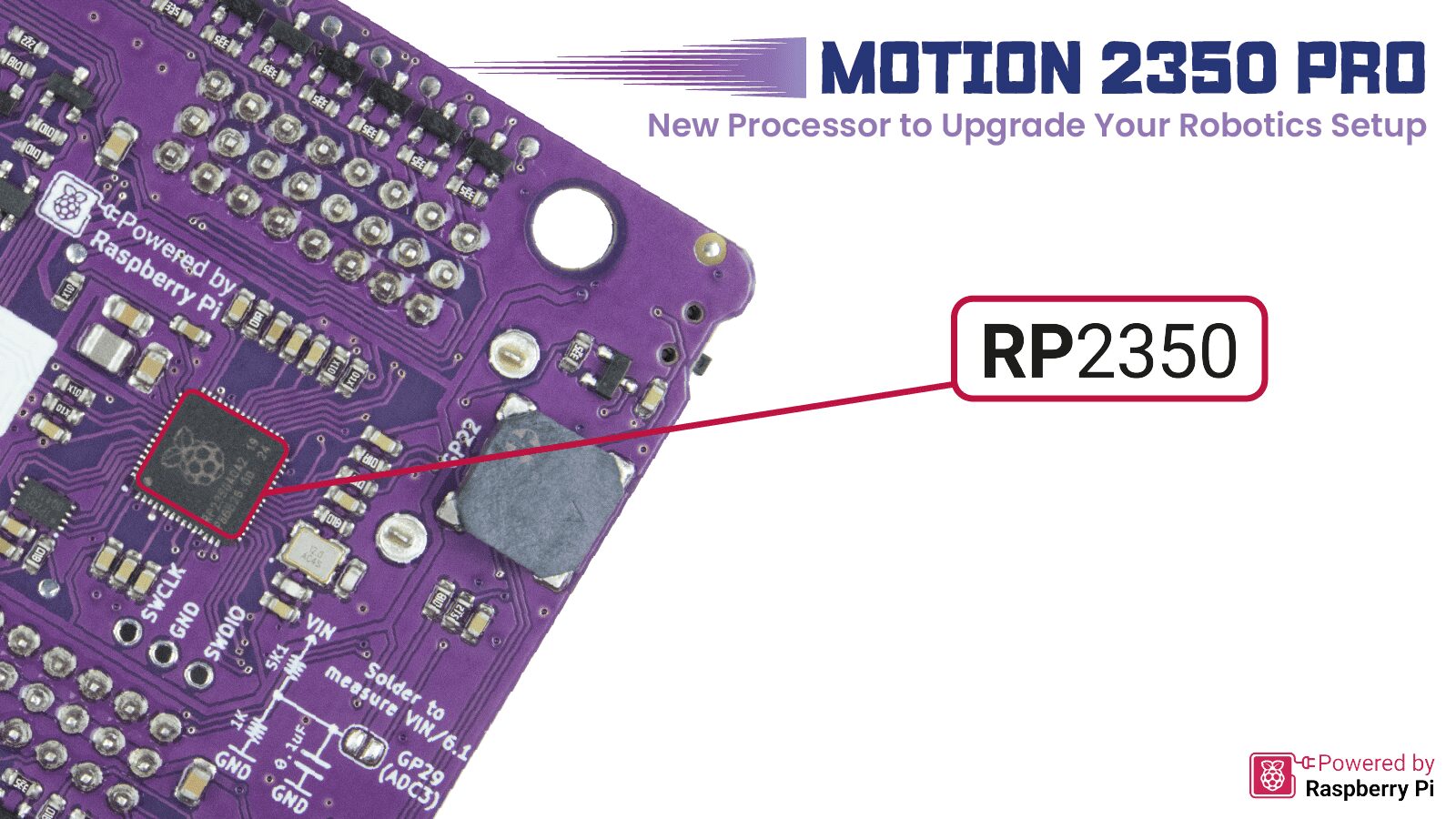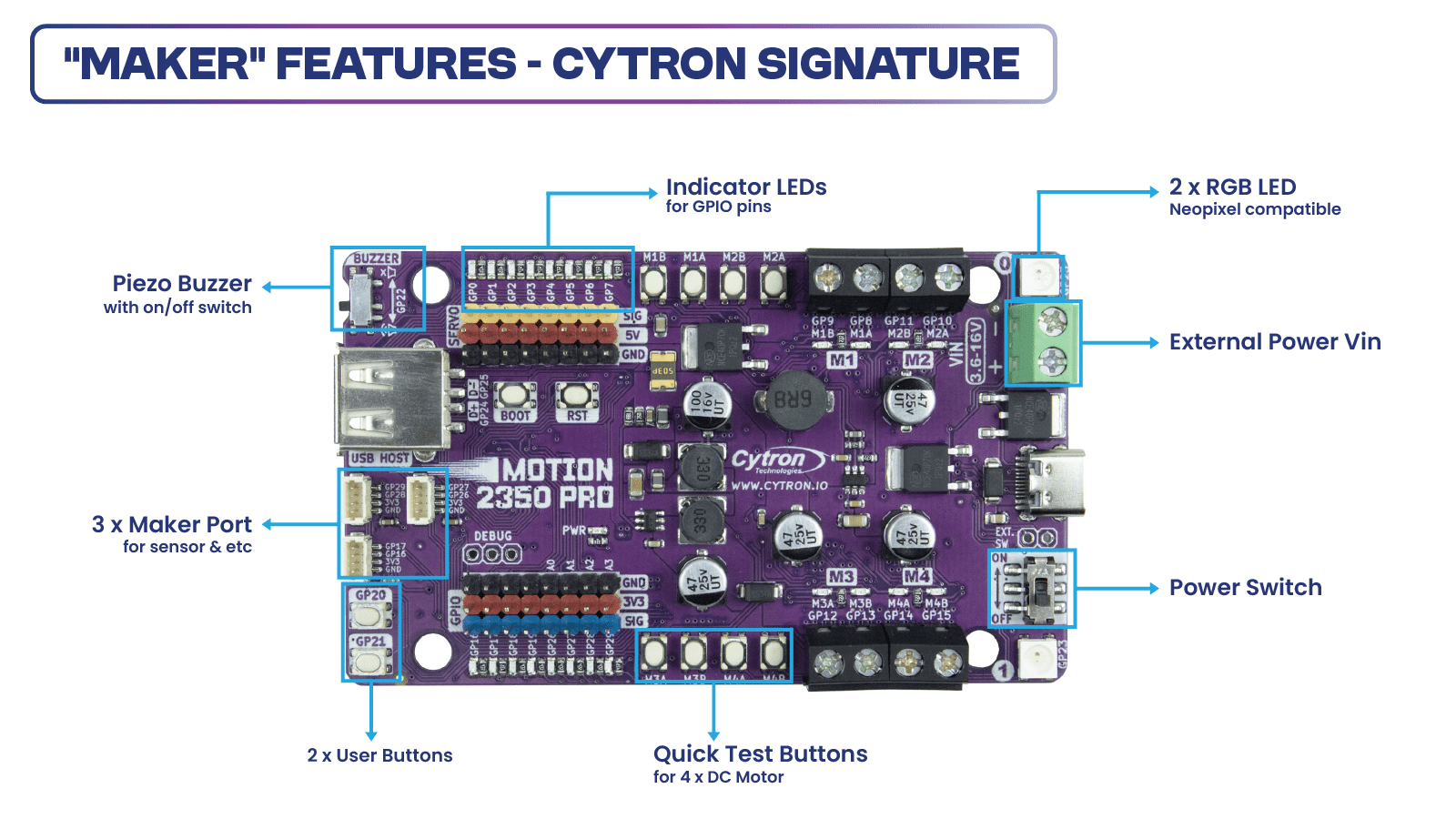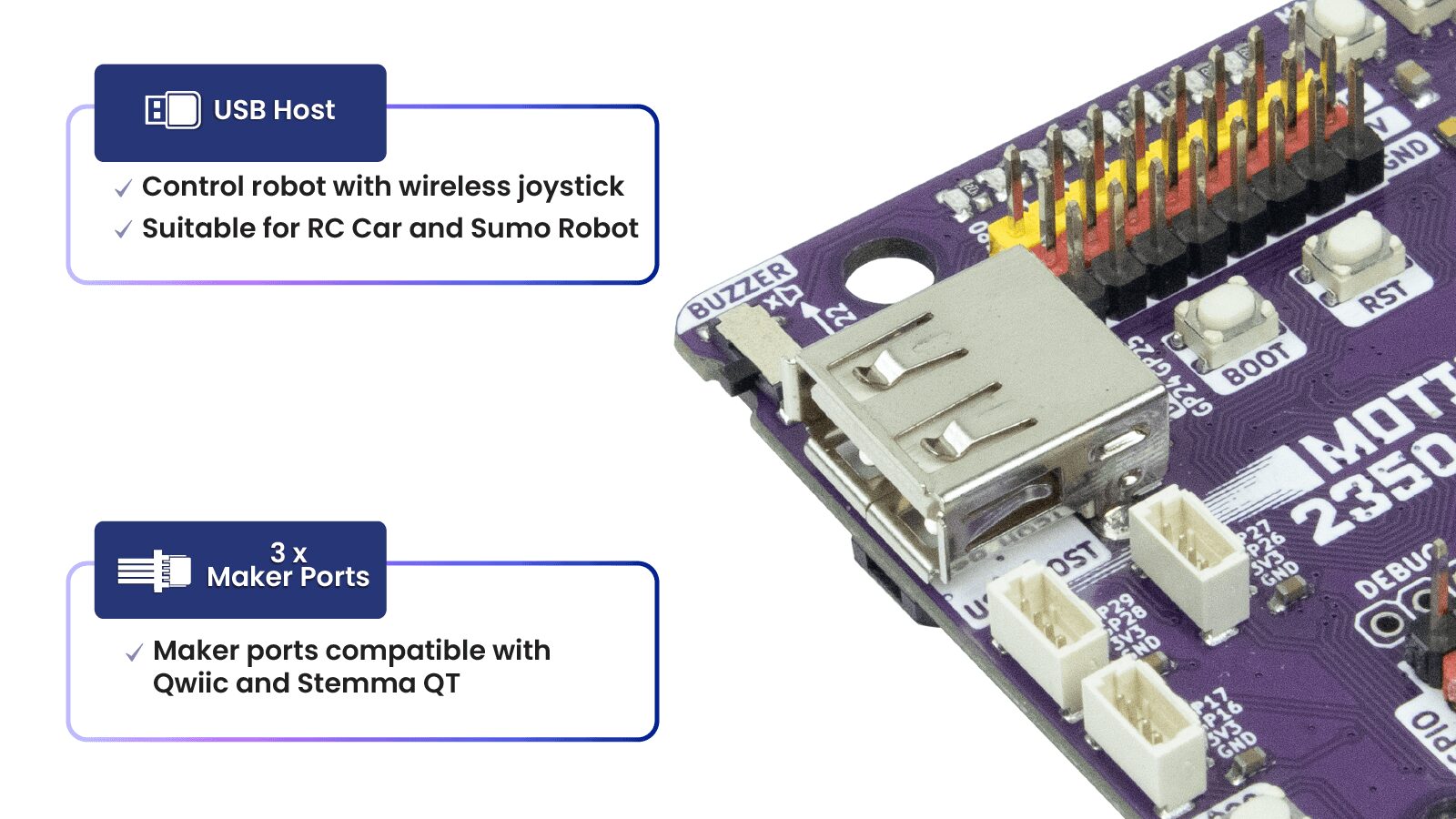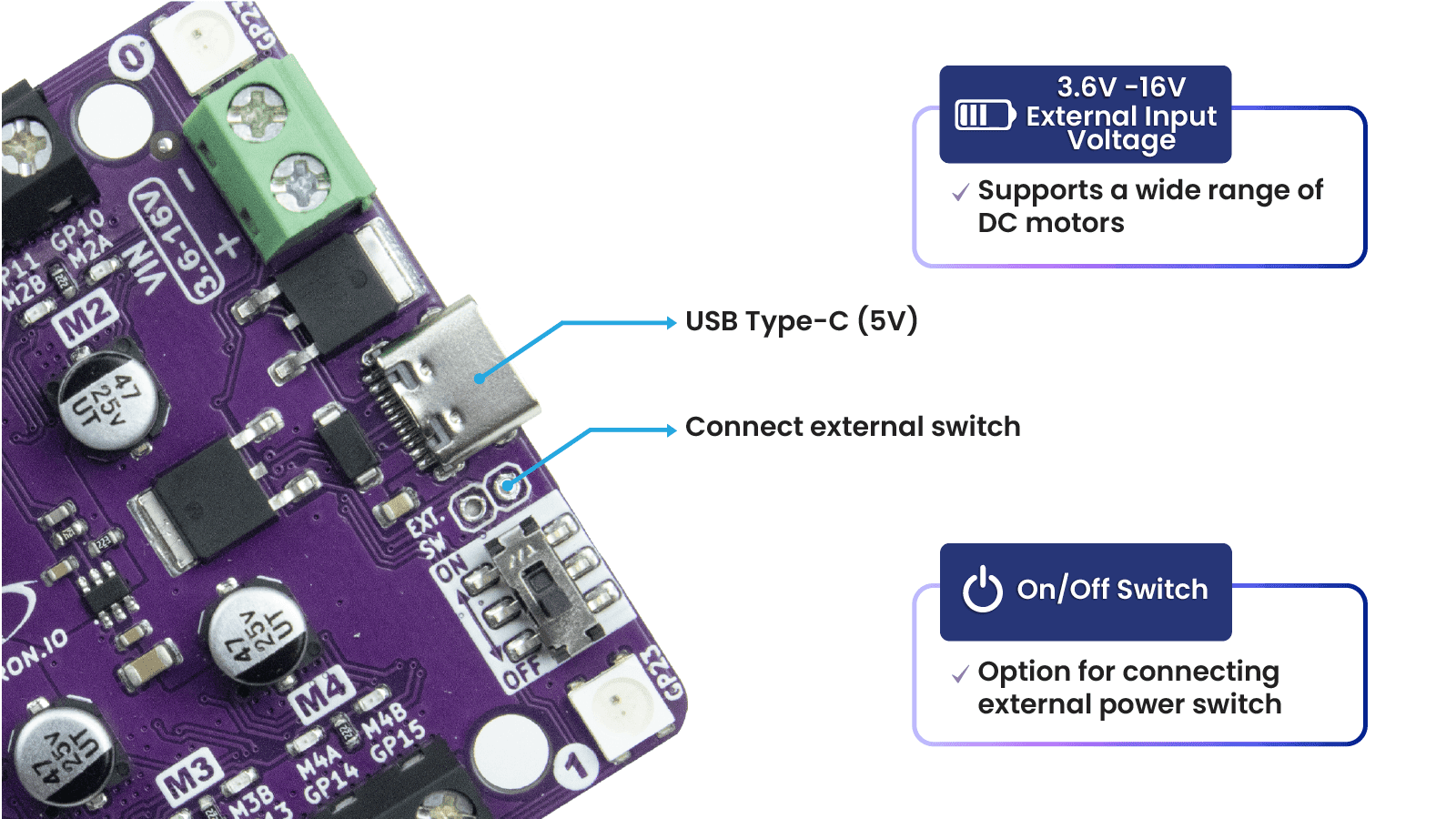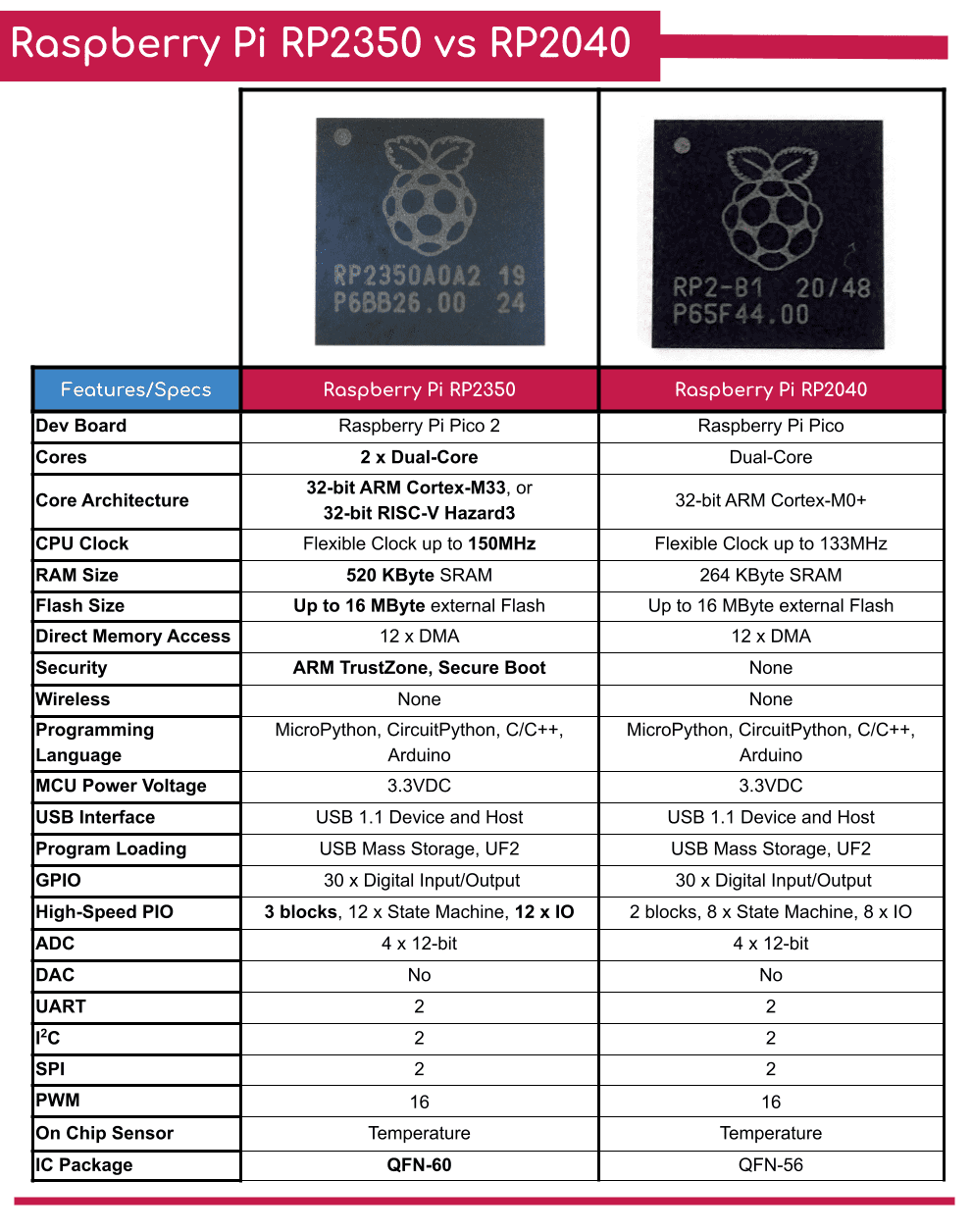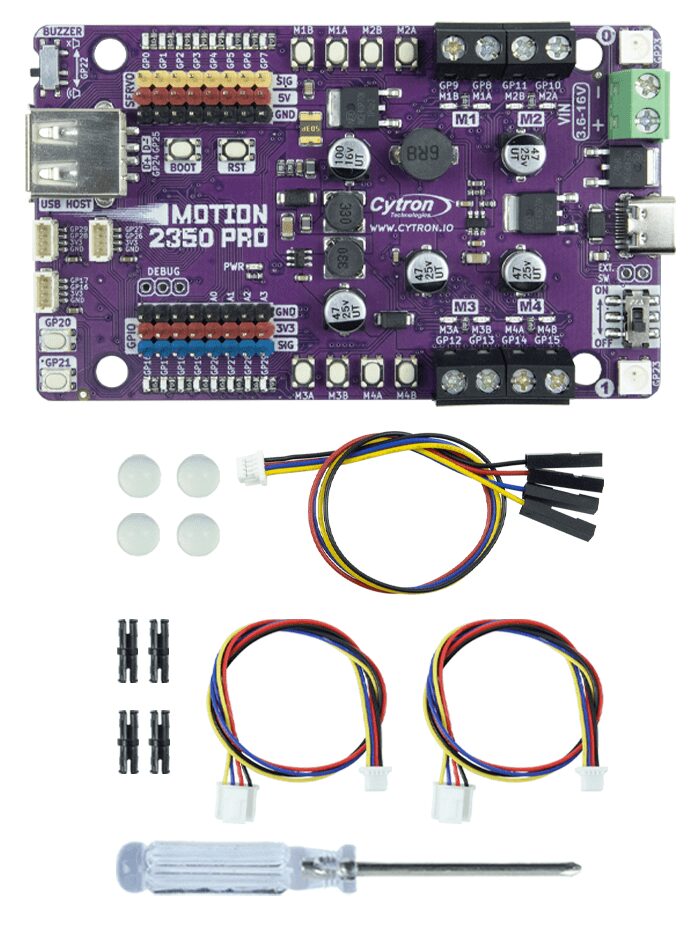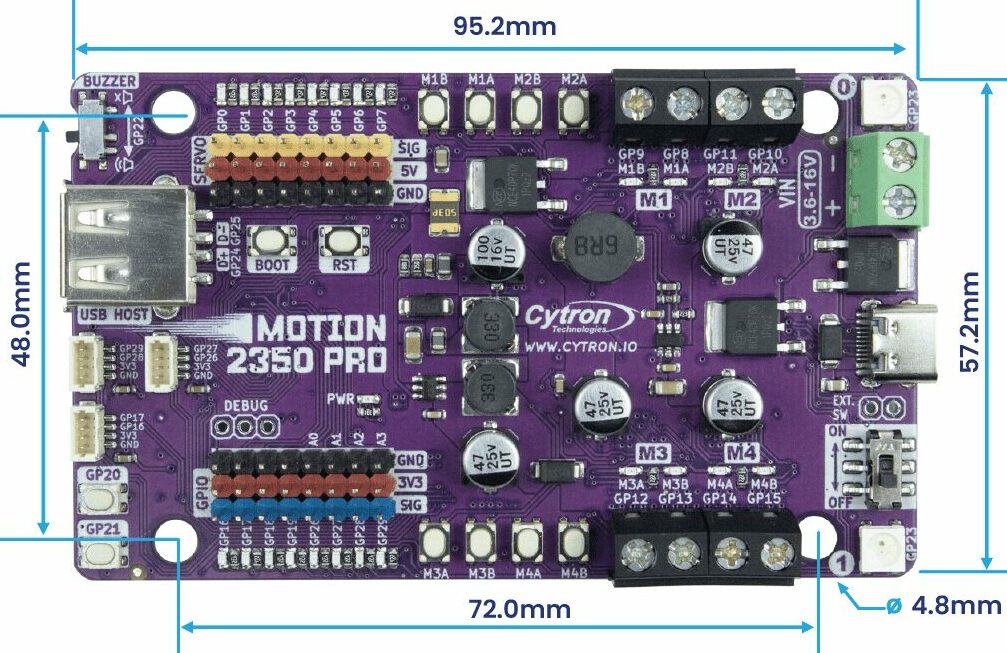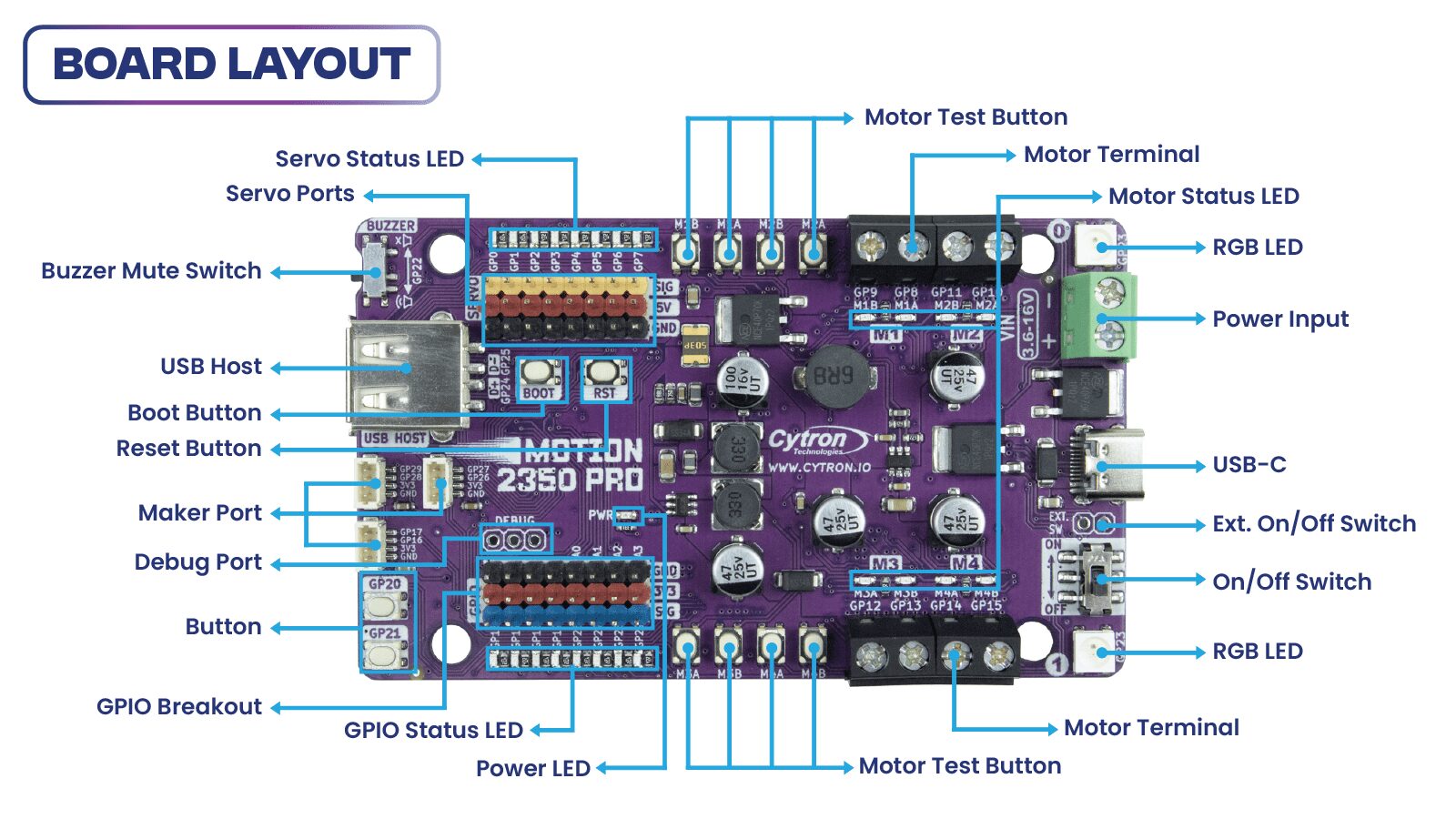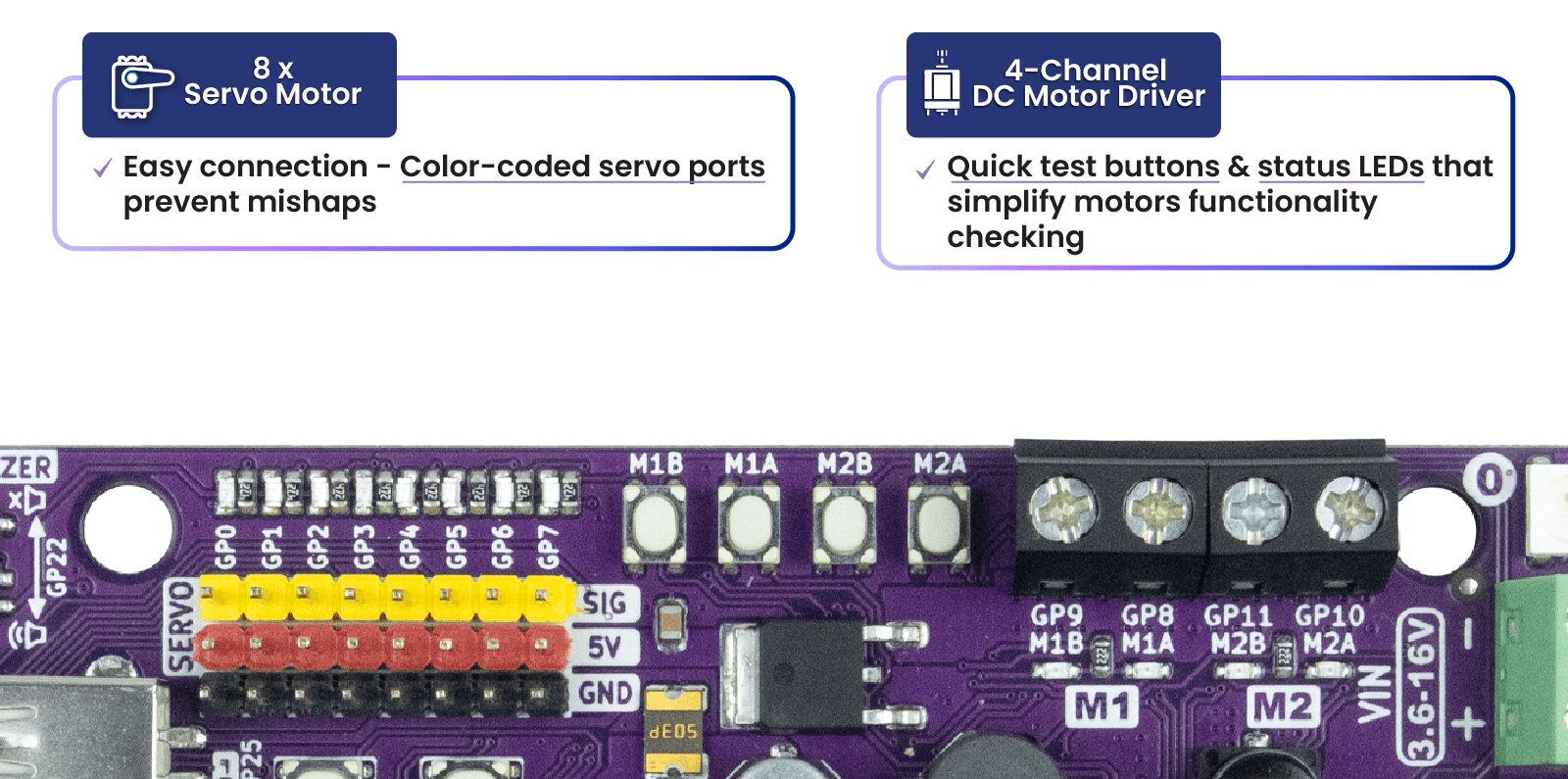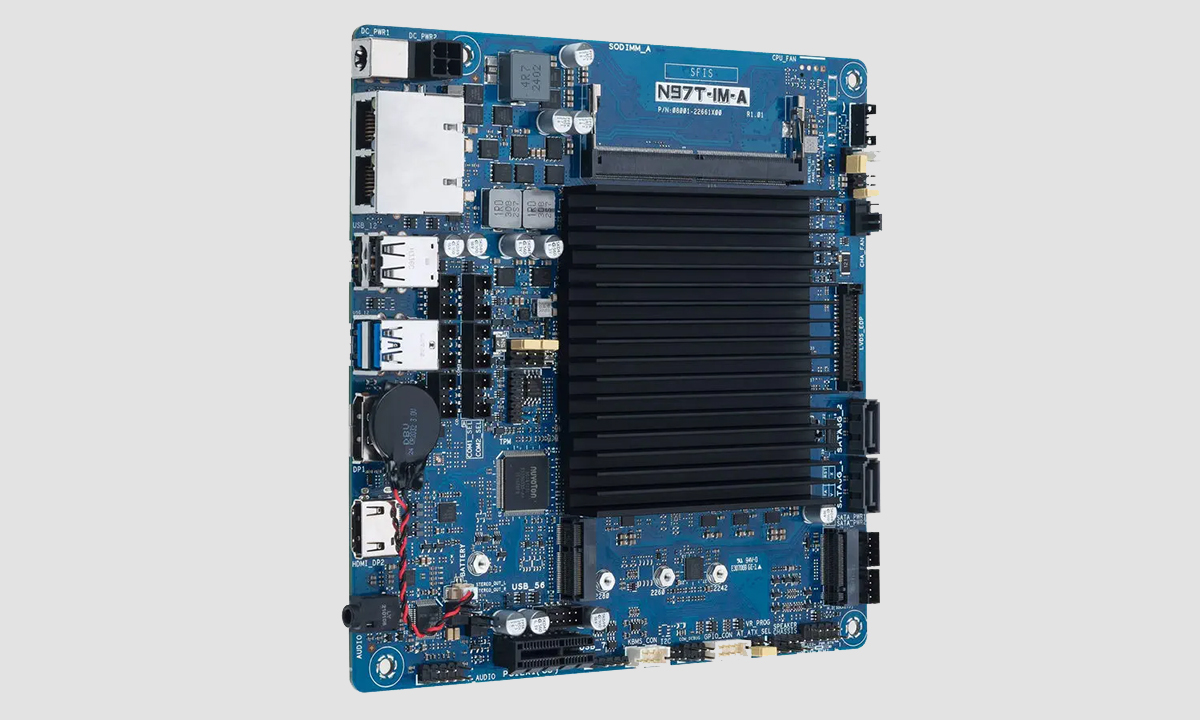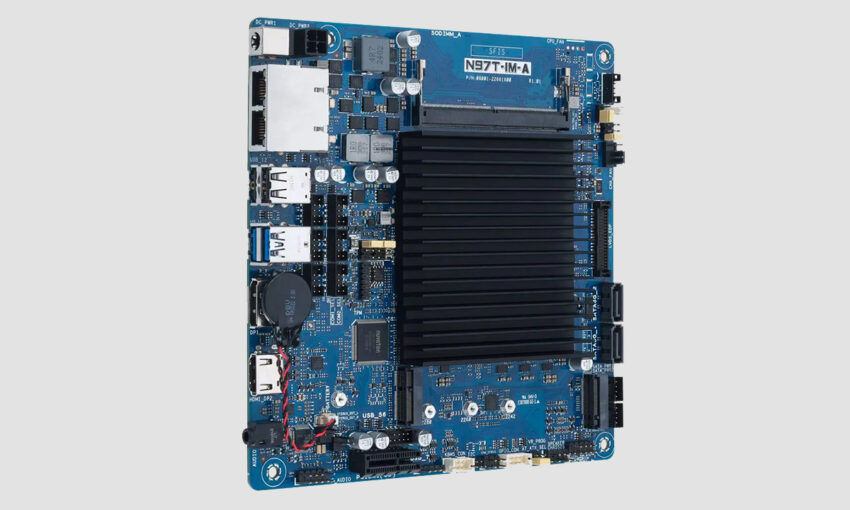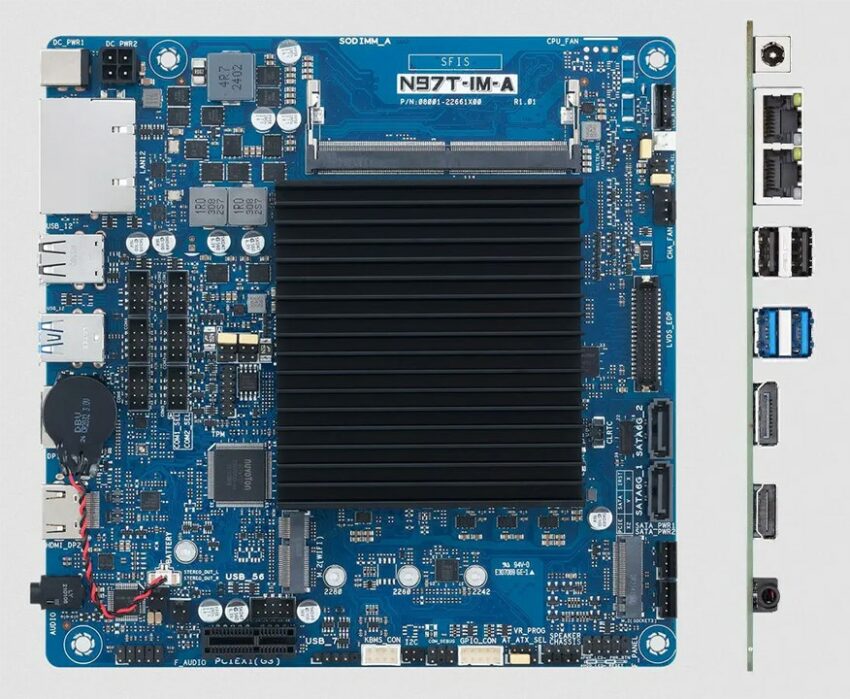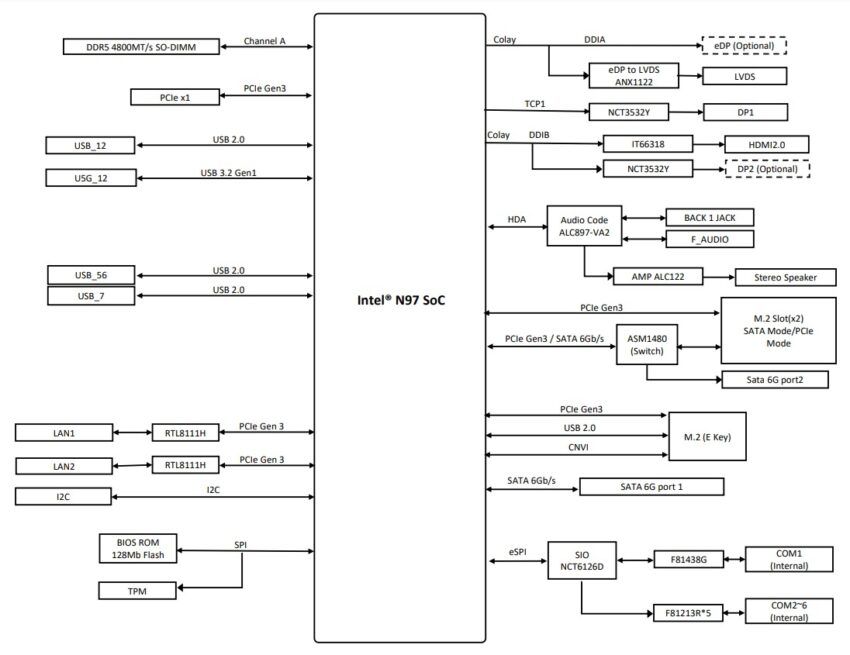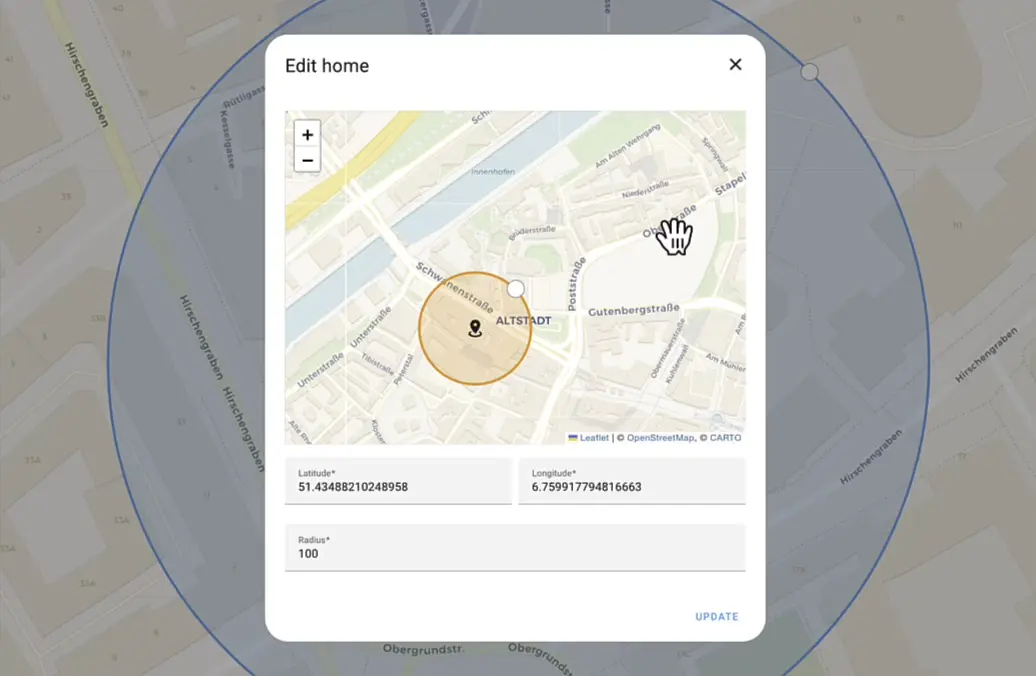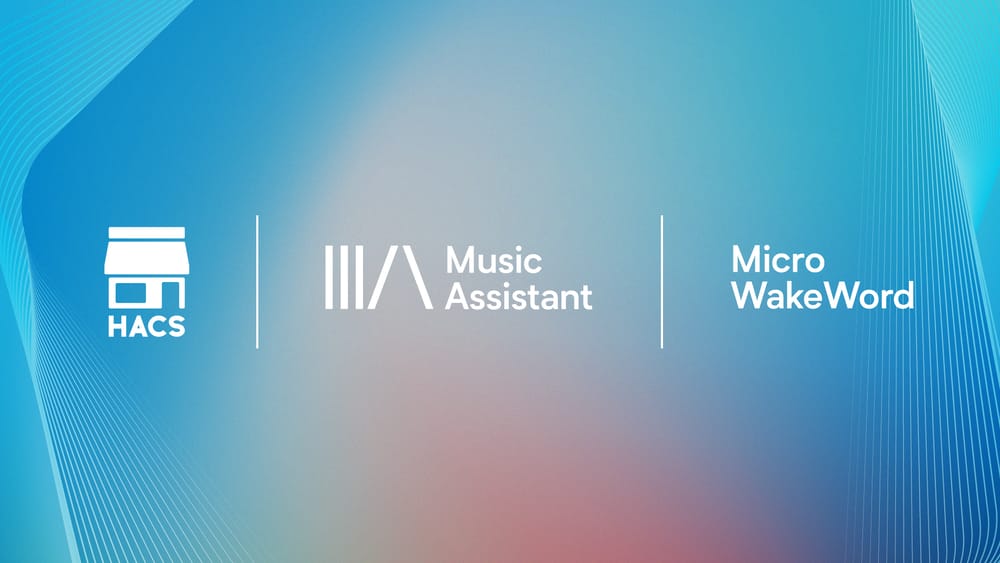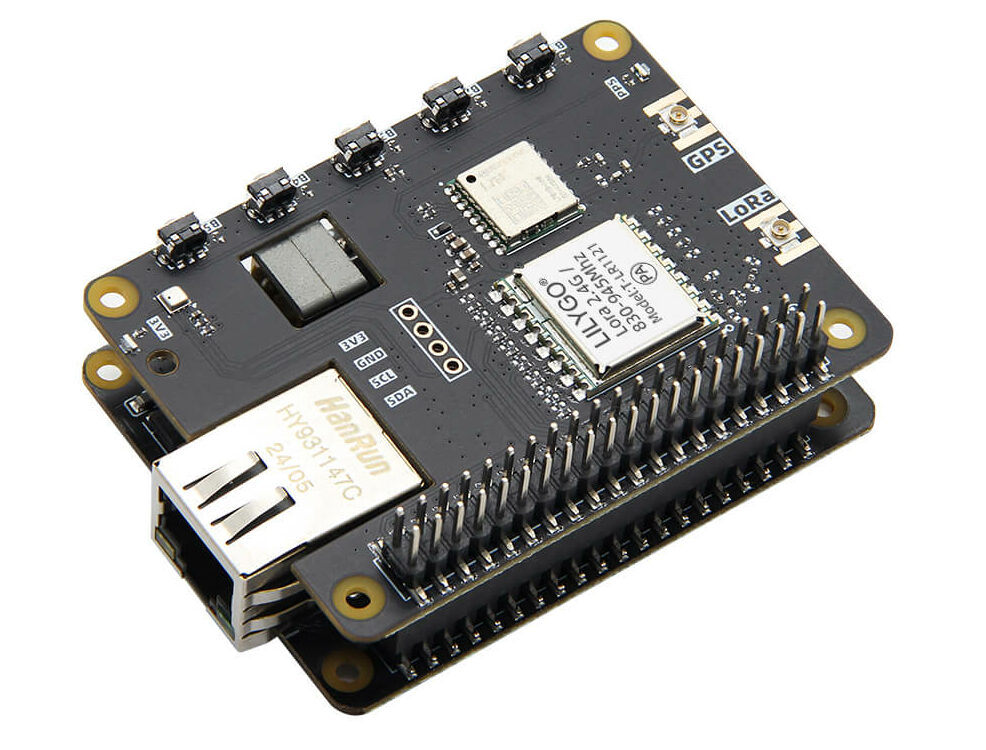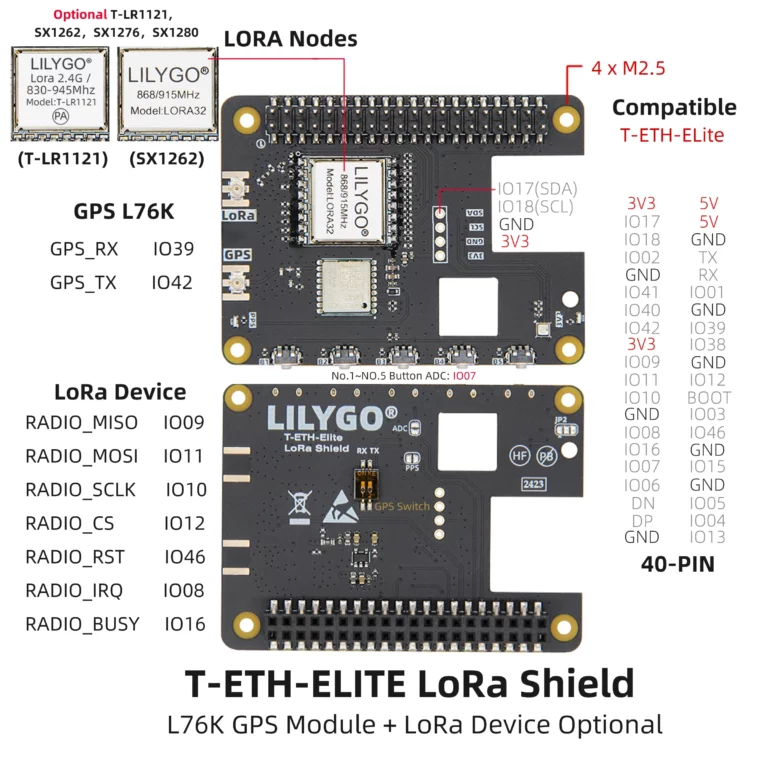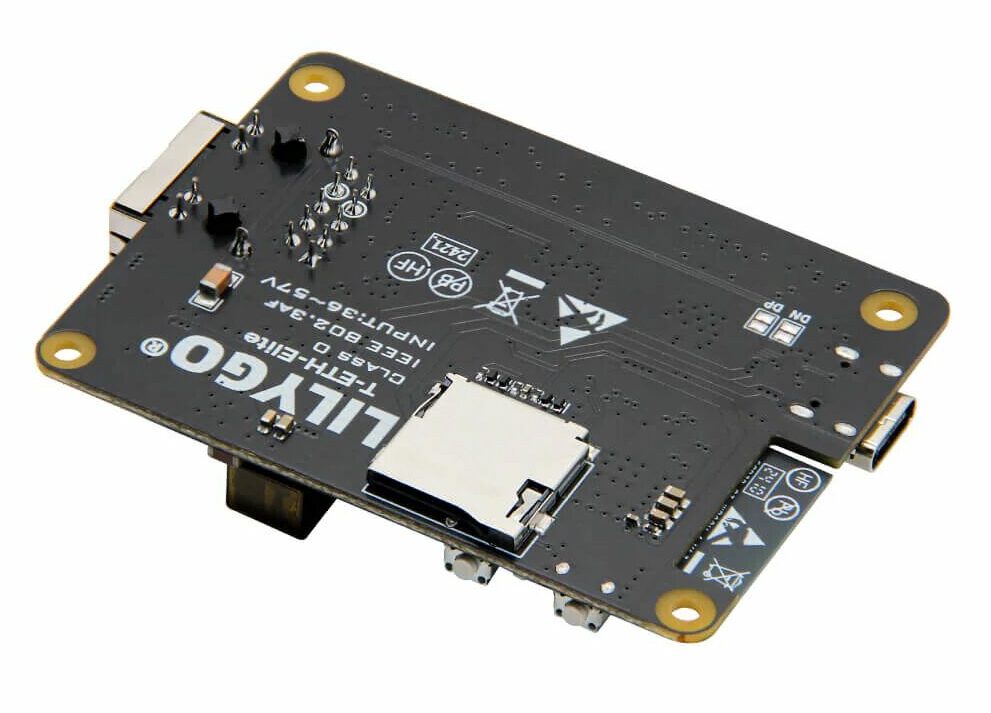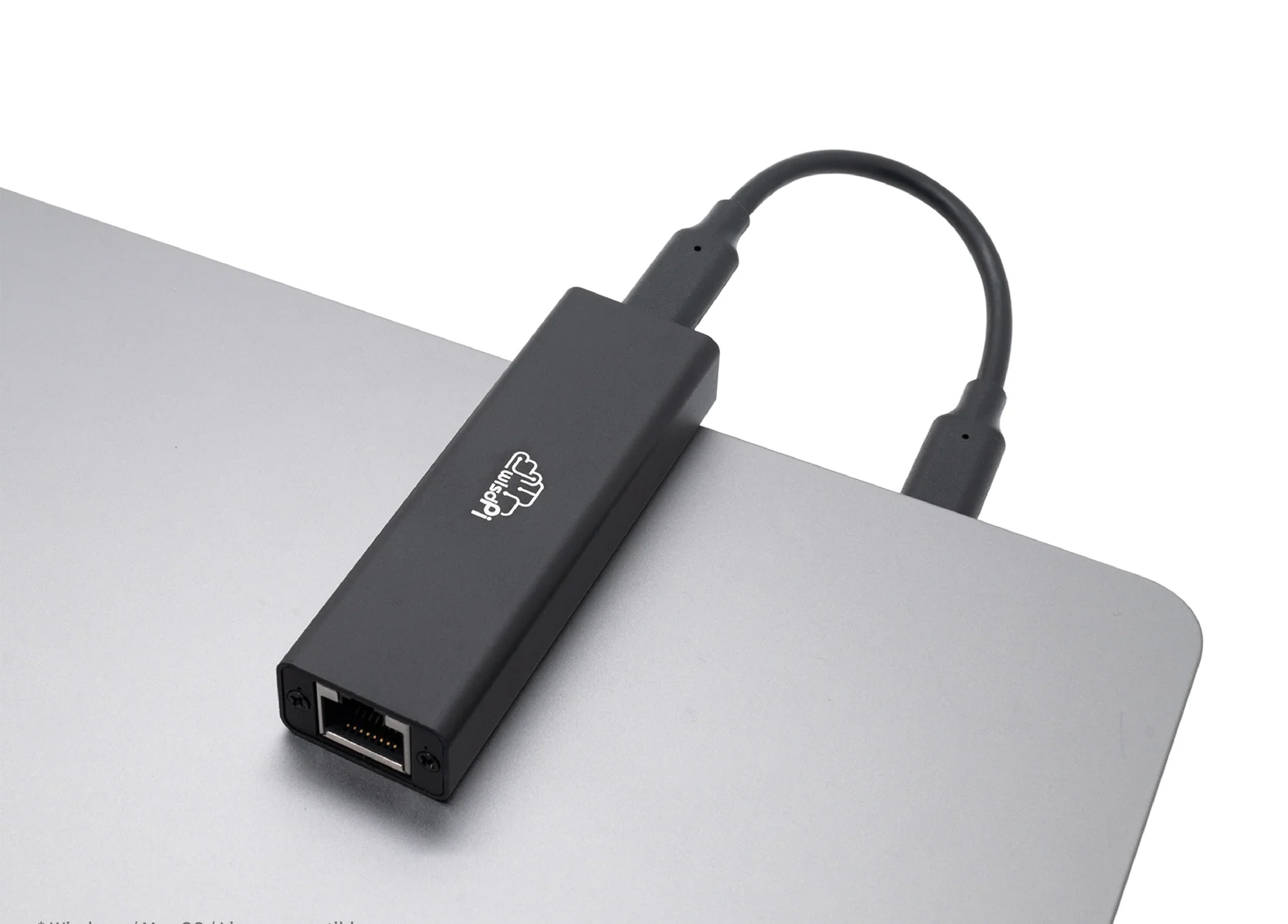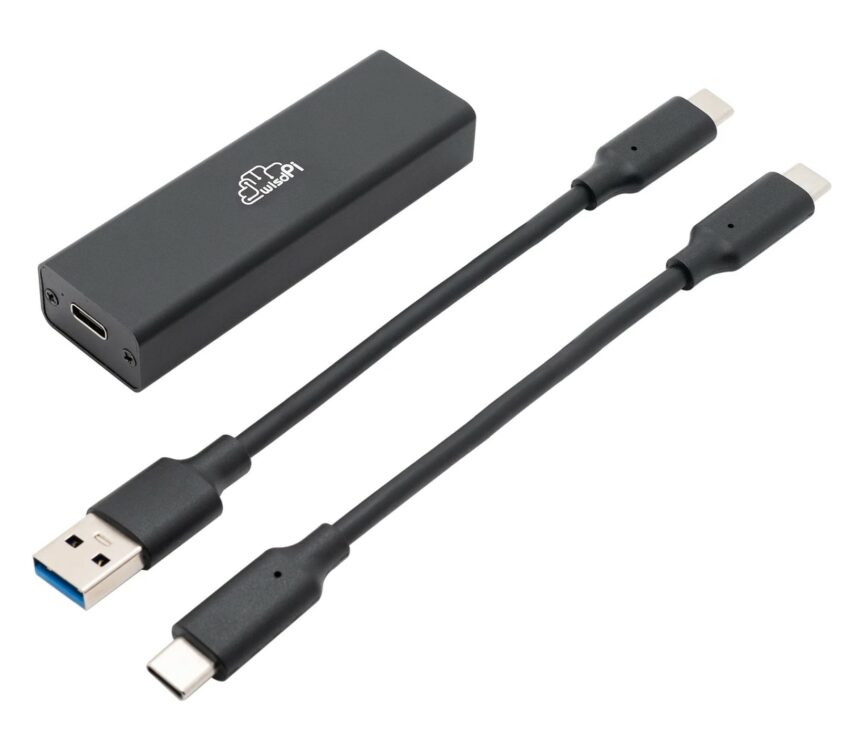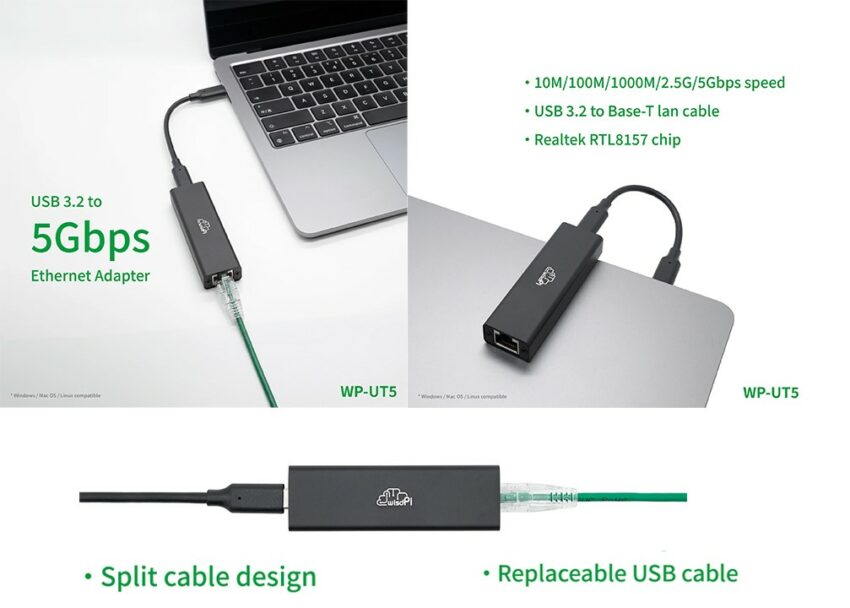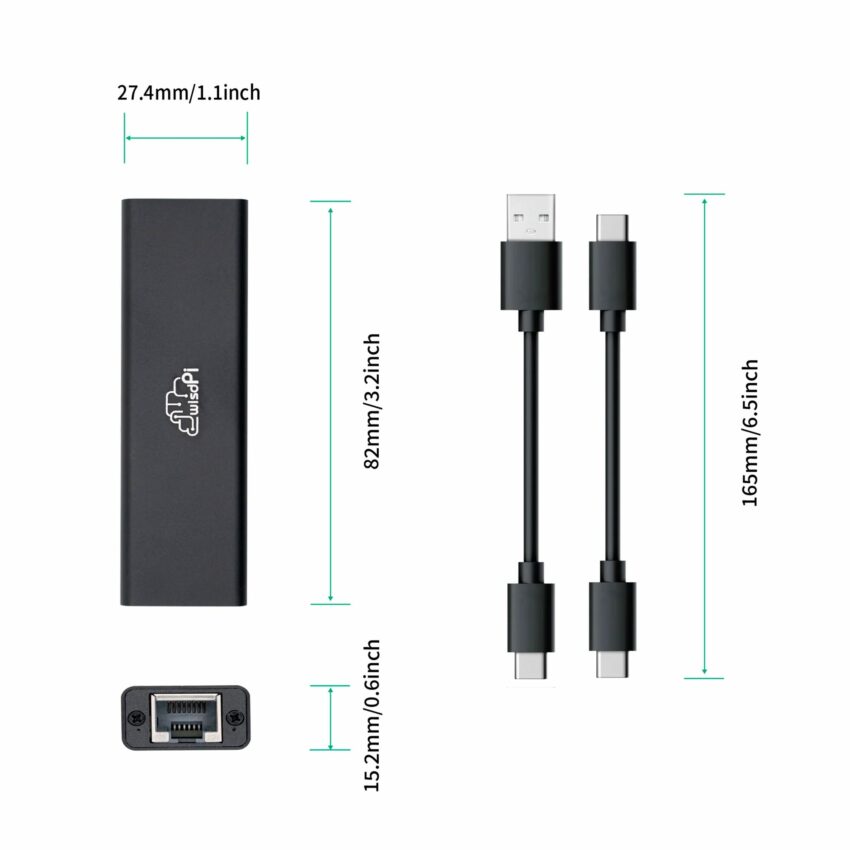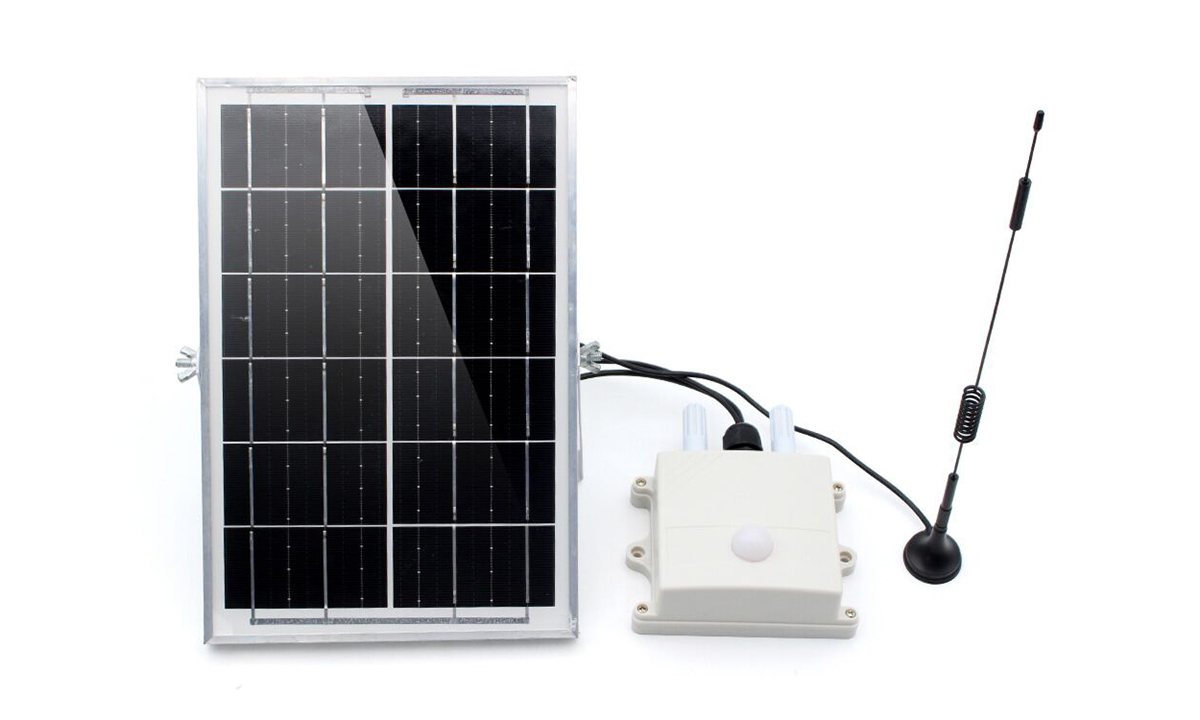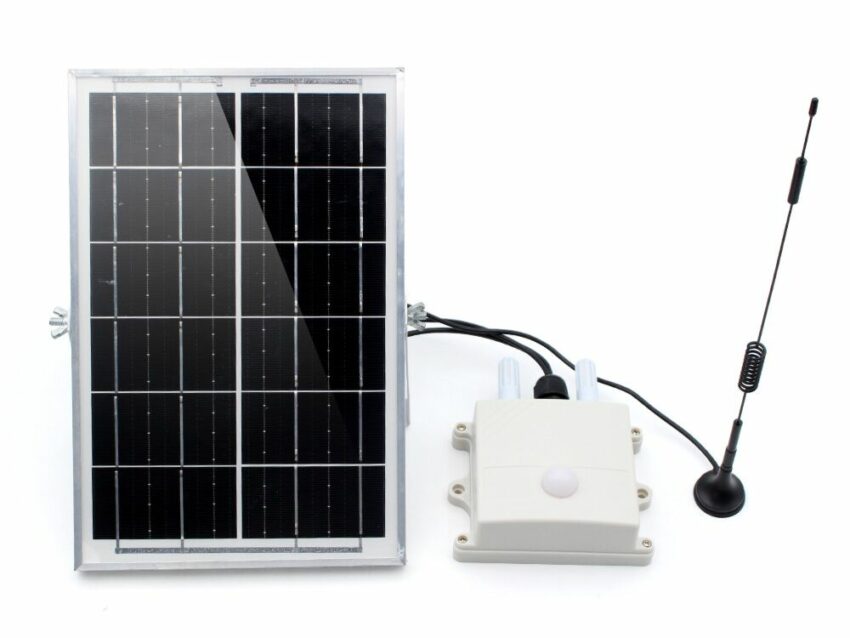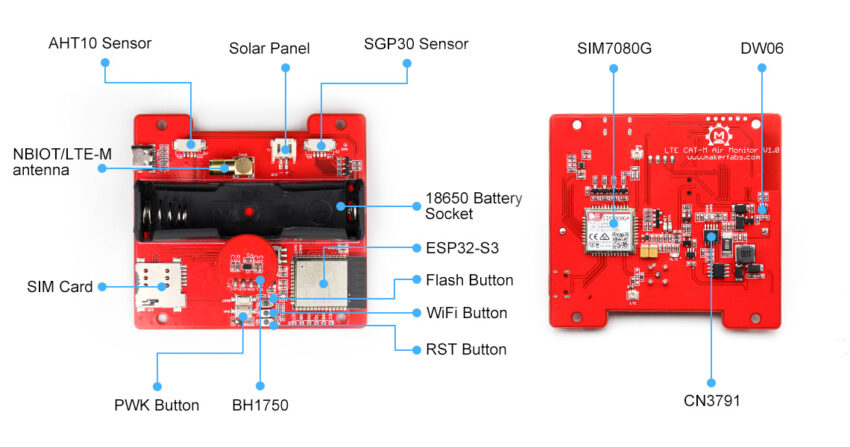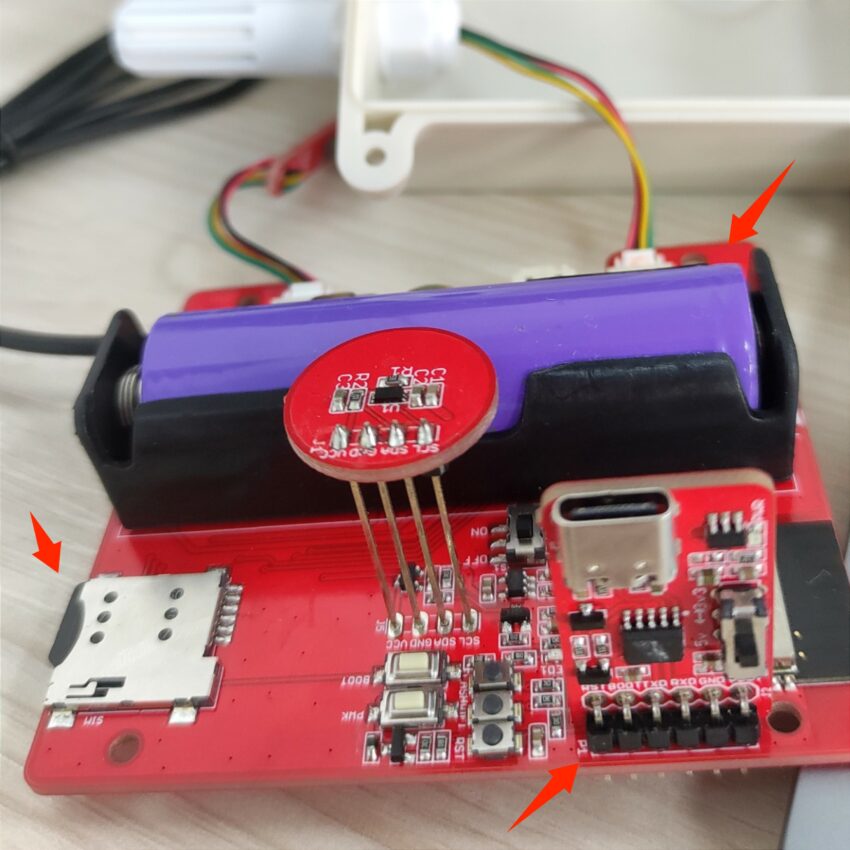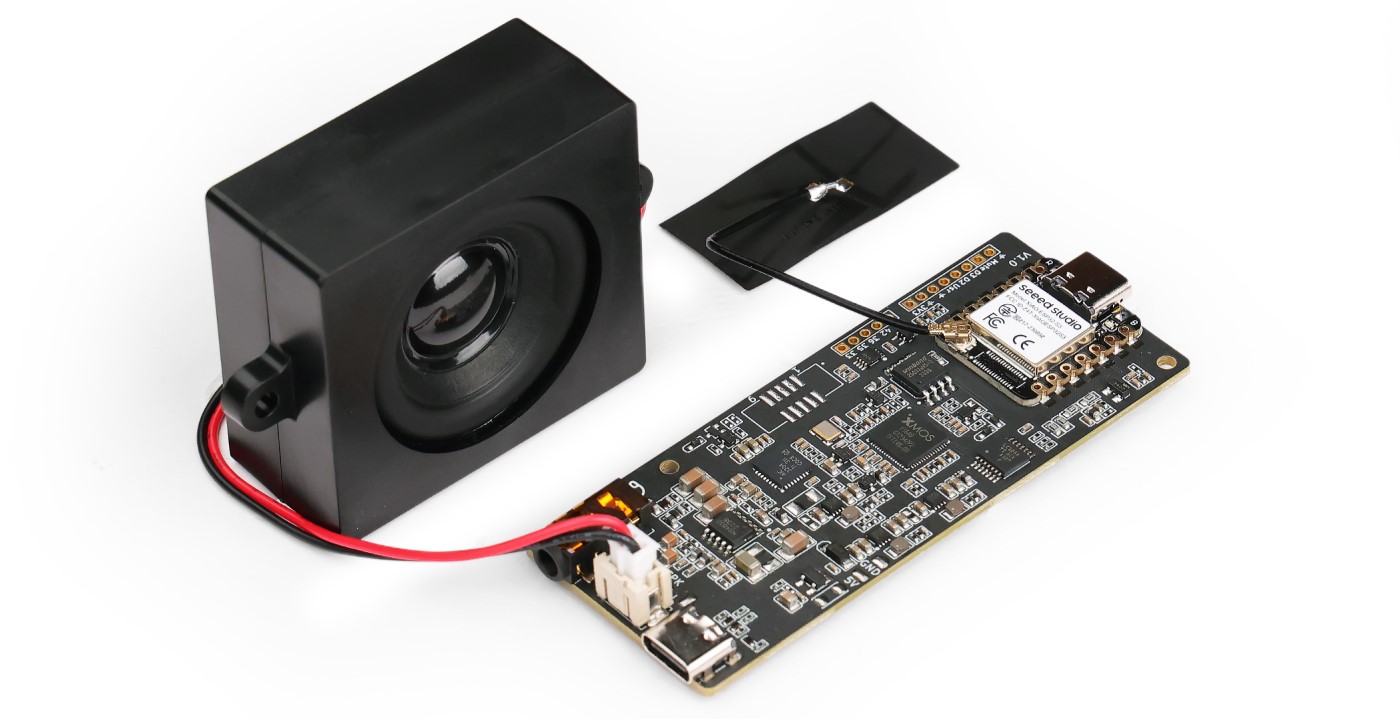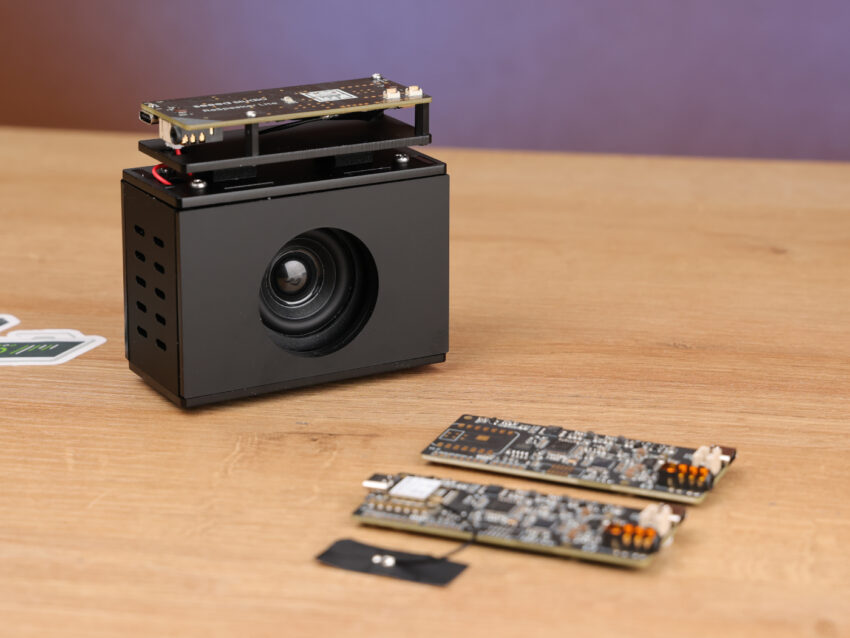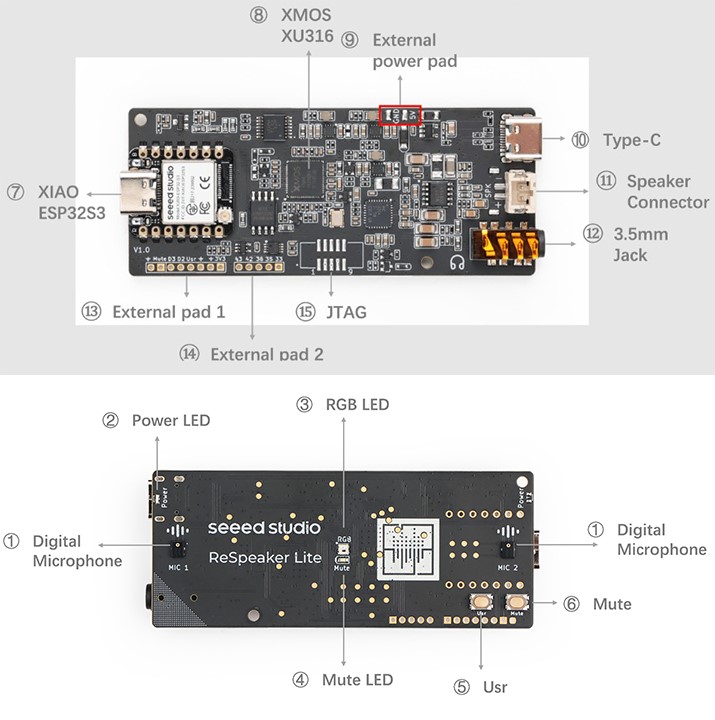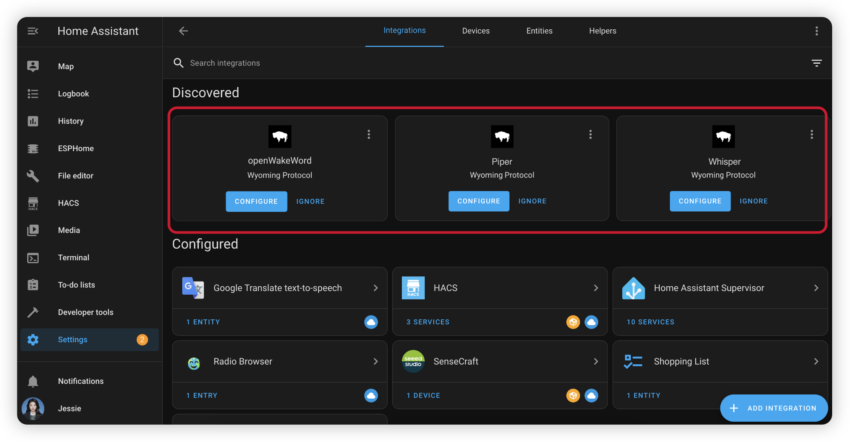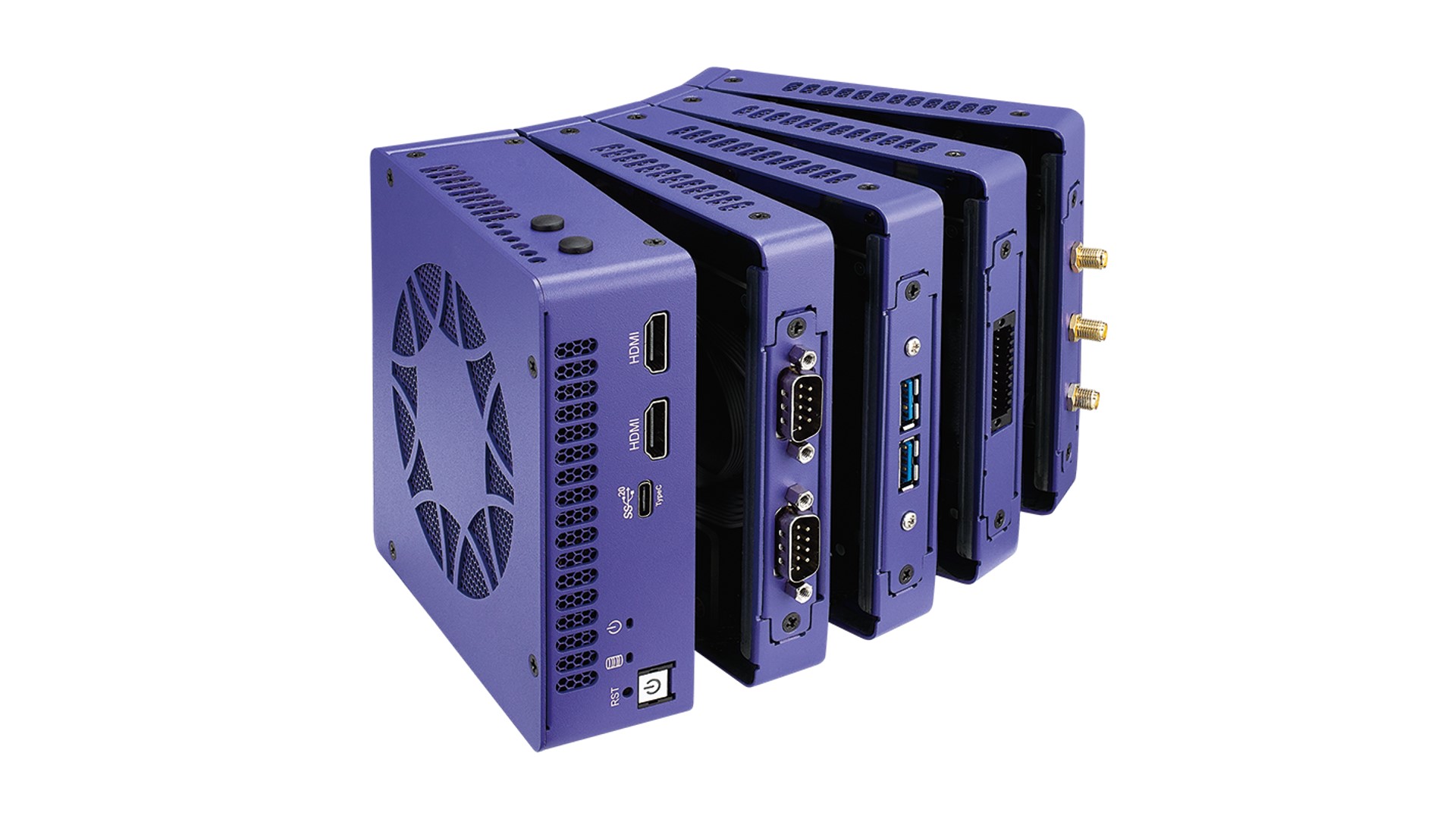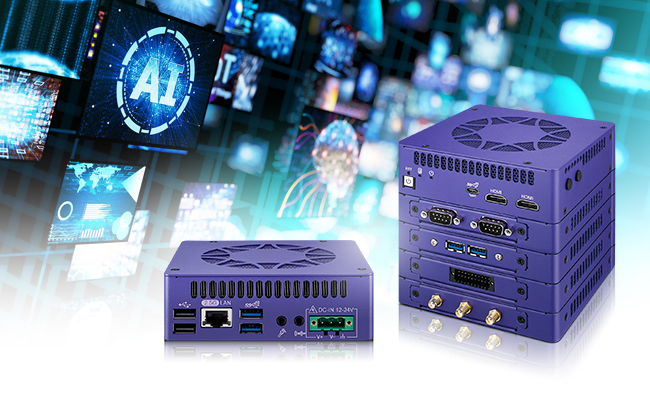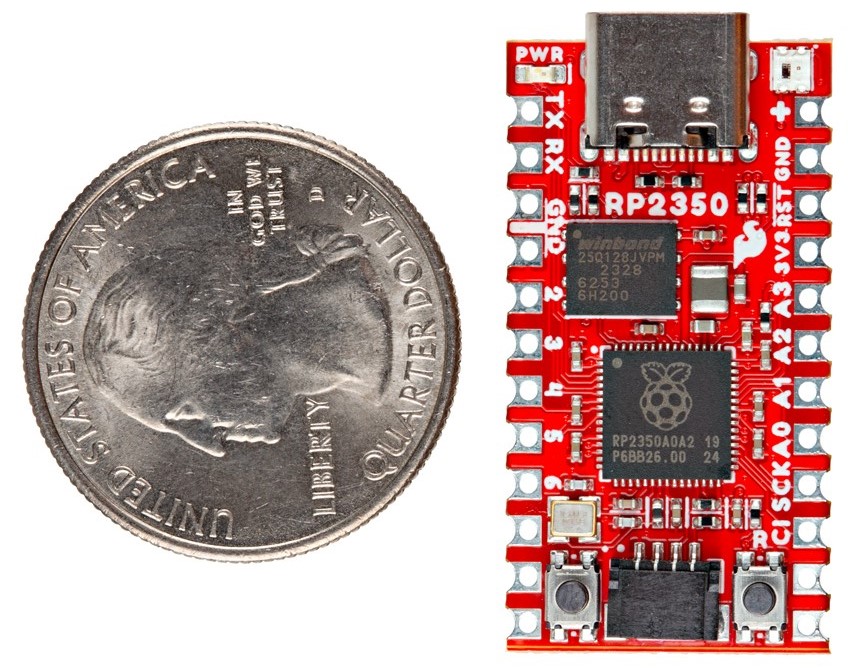
The RP2350 is a dual-core microcontroller featuring two ARM Cortex M33 and two Hazard3 RISC-V processors, with a selectable boot option for any two cores. It operates at 150 MHz, has 520 kB SRAM in 10 banks, and includes peripherals like two UARTs, two SPI controllers, two I2C controllers, and a USB 1.1 controller for host/device support.
The SparkFun RP2350 Pro Micro is a compact development board built around the RP2350 microcontroller from the Raspberry Pi Foundation. It features a USB-C connector, Qwiic connector, WS2812B RGB LED, Boot and Reset buttons, a resettable PTC fuse, and PTH and castellated solder pads. It uses the updated Pro Micro form factor.
Previously we have written about Raspberry Pi Pico 2, which is also built around theRP2350 Microcontroller. This board will feature dual Cortex-M33 or Hazard3 processors, increased SRAM and flash memory, and advanced security features like anti-fuse OTP for key storage, Secure boot, and Fast glitch detectors. Feel free to check those out if you are interested in this type of product.
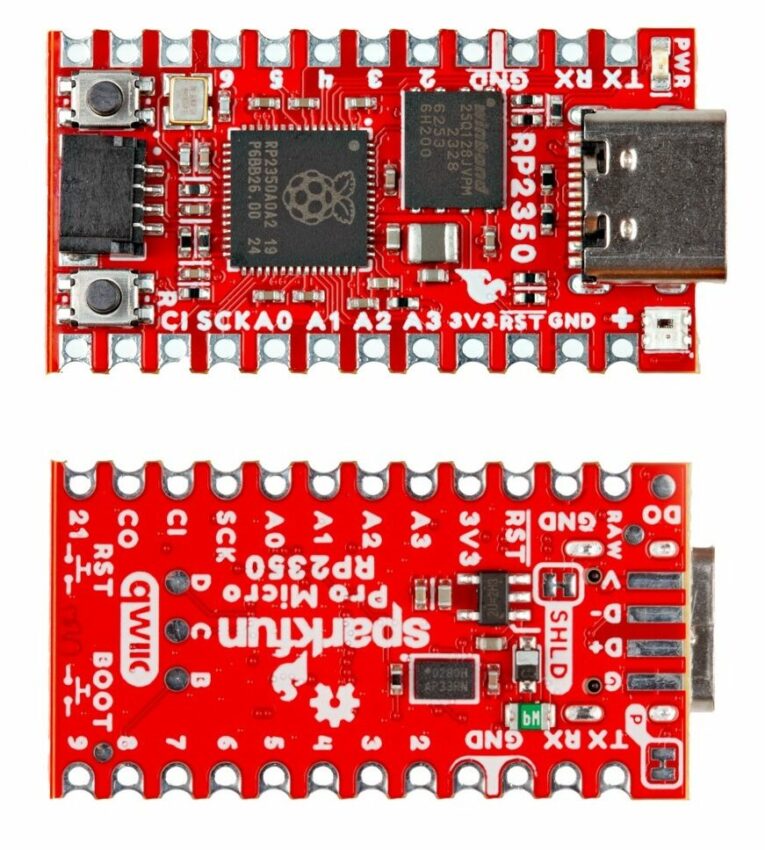
SparkFun Pro Micro – RP2350 specifications:
- Microcontroller: Raspberry Pi RP2350A MCU
- Processor: Dual Arm Cortex-M33 and dual Hazard3 RISC-V processors @ 150MHz (User-selectable for dual-cores)
- Memory: 520kB integrated SRAM in 10 banks
- 3.3V-tolerant GPIO
- Security Features:
- Optional boot signing, enforced by on-chip mask ROM
- Key fingerprint stored in OTP
- Protected OTP storage for optional boot decryption key
- Global bus filtering based on Arm or RISC-V security/privilege levels
- Peripherals, GPIOs, and DMA channels individually assignable to security domains
- Hardware mitigations for fault injection attacks
- Hardware SHA-256 accelerator
- Memory: 8MB external PSRAM
- Storage: 16MB W25Q128 Flash via QSPI
- Peripherals and GPIO:
- 2x 12-pin headers with 2x UART, 1x SPI, 10x GPIO (4x used for UART1 and UART0), 4x ADC, I2C, 3.3V and GND
- Qwiic Connector with I2C connected to GPIO 16 (SCL) and GPIO 17 (SDA) with 3.3V pull-up resistors
- LEDs:
- WS2812 Addressable RGB LED
- Red Power LED
- Solder pad for daisy-chaining
- Buttons: Two push buttons switch for Reset and Boot
- USB: Type-C connector for primary power and programming
- Solder Jumpers:
- PWR: Controls Power LED circuit
- SHLD: Connects USB-C shield to board ground
- Power Supply:
- 5V input via Type-C USB
- RAW PTH pin (max 5.3V input)
- Dimension: 33.02 x 17.78mm
The Pro Micro – RP2350 uses a UF2 bootloader for easy code flashing, showing up as a USB storage device on Windows, Mac OSX, and Linux without needing drivers. This bootloader supports both Pico C/C++ and MicroPython SDKs. The RP2350 is also compatible with ArduCAM, with a demo code available that shows how to set up and use PSRAM on the Pro Micro – RP2350 with the Pico SDK for image processing and USB image transmission.
Like most SparkFun products, the Pro Micro RP2350 is open-source, with schematics, Gerber files, firmware, and other documentation published on the product page the Hookup Guide page, and GitHub.
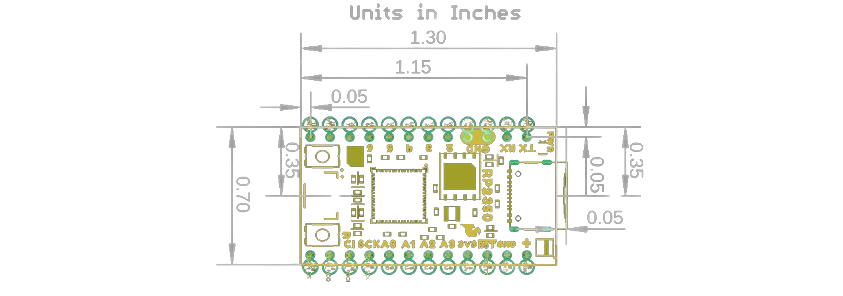
The SparkFun Pro Micro – RP2350 development board is available at SparkFun’s official store for $14.95.


